Grow Apples Indoors? Absolutely! Imagine plucking a crisp, juicy apple right from a tree in your living room. Sounds like something out of a fairytale, right? Well, it’s more attainable than you might think! For centuries, cultivating plants indoors has been a practice cherished across cultures, from the elaborate orangeries of European royalty to the humble windowsill herb gardens of everyday homes. There’s something deeply satisfying about nurturing life within our own spaces, connecting us to nature even when we’re surrounded by concrete.
But why should you specifically consider learning how to grow apples indoors? In today’s world, access to fresh, healthy produce can be a challenge, especially if you live in an urban environment or experience harsh winters. Bringing the orchard inside allows you to enjoy the taste of homegrown apples year-round, control the growing conditions, and avoid harmful pesticides. Plus, let’s be honest, it’s just plain cool! This DIY guide will equip you with the essential tricks and hacks to successfully cultivate your own indoor apple tree, transforming your home into a miniature edible paradise. Get ready to roll up your sleeves and embark on this exciting gardening adventure with me!
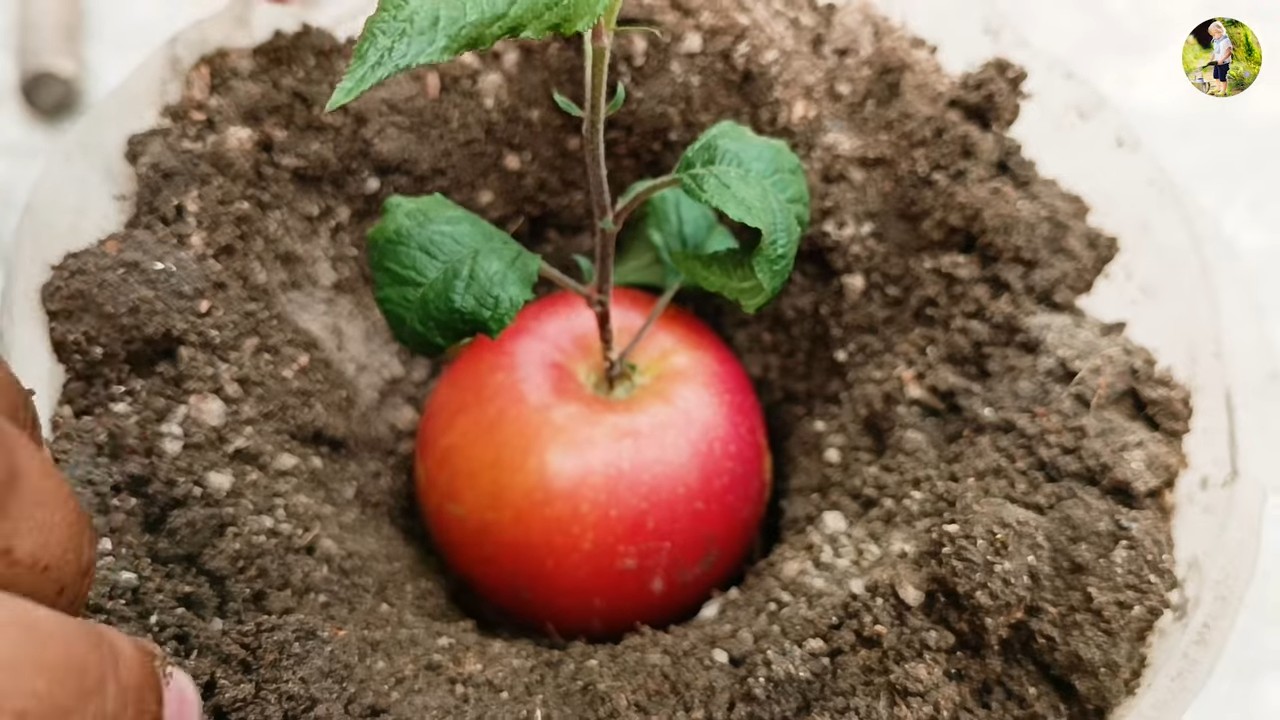
Growing Apples Indoors: Your DIY Guide for an Indoor Apple Orchard
Hey garden friends! Have you ever dreamed of harvesting your own apples without ever having to leave your living space? Sounds crazy, right? But it’s absolutely doable! I’ll show you how you can grow your own apple trees indoors. It takes some work, but the taste of homegrown apples is simply unbeatable. Let’s get started!
What you need: The Materials List
Before we begin, make sure you have everything you need. Here is a list of the things you’ll need for your indoor apple tree project:
- Apple tree seedling: Choose a self-pollinating dwarf variety. This is super important because regular apple trees get far too large and need a partner for pollination. Popular varieties include ‘Gala’, ‘Fuji’, or ‘Honeycrisp’ in dwarf form. You can find them at nurseries or online.
- Large pot: At least 40-50 cm (16-20 inches) in diameter and depth. Apple trees need space for their roots.
- High-quality potting soil: A mixture of potting soil, compost, and perlite is ideal. This ensures good drainage and nutrients.
- Drainage material: Pebbles or clay shards for the bottom of the pot. This prevents waterlogging.
- Grow light: Especially important if you don’t have enough sunlight. LED grow lights are energy-efficient and emit the right light spectrum.
- Fertilizer: A balanced liquid fertilizer for fruit trees.
- Spray bottle: For watering and increasing humidity.
- Garden shears: For pruning the tree.
- Support stake (optional): For young trees that are not yet stable enough.
- Gloves: To keep your hands clean.
The Preparation: The Foundation for Your Success
Before we plant the seedling, we need to prepare the pot. This is an important step to ensure that your apple tree establishes well.
- Prepare the pot: Place a layer of drainage material (pebbles or clay shards) at the bottom of the pot. This ensures good drainage and prevents the roots from sitting in water.
- Fill with soil: Fill the pot with the potting soil mixture. Leave about 5-10 cm (2-4 inches) of space at the top.
- Water: Lightly moisten the soil before you plant the seedling.
The Main Act: Planting the Apple Tree
Now comes the exciting part: planting the apple tree seedling!
- Prepare the seedling: Carefully remove the seedling from its container. Gently loosen the roots if they are tightly bound.
- Dig a planting hole: Dig a hole in the soil that is large enough to accommodate the seedling’s roots.
- Place the seedling: Place the seedling in the hole. The top of the root ball should be level with the soil surface.
- Fill the hole: Fill the hole with soil and press it down lightly.
- Water: Water the seedling thoroughly.
- Add a support stake (optional): If the tree is young and unstable, you can add a support stake to give it stability.
The Care: Your Apple Tree Needs Love
An indoor apple tree needs regular care to grow healthy and bear fruit.
- Location: Place the pot in a sunny location. Apple trees need at least 6-8 hours of sunlight per day. If you don’t have enough sunlight, use a grow light.
- Watering: Water the tree regularly, but avoid waterlogging. The soil should always be slightly moist. Check the moisture by sticking your finger about 2-3 cm (1 inch) into the soil. If it feels dry, it’s time to water.
- Humidity: Apple trees like high humidity. Spray the leaves regularly with water, especially in winter when the heating makes the air dry. You can also place a humidifier near the tree.
- Fertilizing: Fertilize the tree regularly with a balanced liquid fertilizer for fruit trees. Follow the instructions on the fertilizer package. Fertilize more frequently during the growing season (spring and summer) than in fall and winter.
- Pruning: Prune the tree regularly to maintain its shape and encourage fruit production. Remove dead or diseased branches. The best time to prune is in late winter or early spring, before the tree starts new growth.
- Pollination: Since you have a self-pollinating apple tree, cross-pollination is not required. However, you can still assist pollination by dabbing the flowers with a small brush. This increases the likelihood of a good harvest.
- Pests and Diseases: Watch out for pests and diseases. Check the leaves regularly for signs of infestation. If you discover pests, treat the tree with a suitable insecticide or a natural solution like neem oil.
Seasonal Adjustments: Your Apple Tree Throughout the Year
The care for your apple tree varies depending on the season. Here are some tips on how to get your tree through the year:
Spring
- Fertilizing: Start with regular fertilization to promote growth.
- Pruning: Prune the tree if you haven’t already.
- Pollination: Assist with the pollination of the blossoms.
Summer
- Watering: Water the tree regularly, especially on hot days.
- Fertilizing: Continue to fertilize the tree regularly.
- Pest control: Watch out for pests and diseases.
Fall
- Harvest: Harvest the ripe apples.
- Fertilizing: Reduce fertilization.
- Preparation for winter: Prepare the tree for winter.
Winter
- Watering: Water the tree less frequently.
- Dormant period: The tree needs a rest period. Move it to a cooler place (but not below freezing) and reduce watering.
- Pruning (optional): You can prune the tree in late winter.
Patience is a Virtue: When You Can Expect Apples
Be patient! It can take a few years for your apple tree to bear fruit. However, dwarf varieties can bear fruit faster than standard apple trees. With the right care and a little luck, you might be able to harvest your first own apples in the second or third year.
Common Problems and Solutions: What to Do When Something Goes Wrong
Even with the best care, problems can arise. Here are some common problems and how you can solve them:
Pests: Treat the tree with a suitable insecticide or a natural solution like neem oil.
Yellow leaves: Can indicate overwatering, nutrient deficiency, or pest infestation. Check the watering, fertilize the tree, and inspect for pests.
Dropping blossoms: Can indicate insufficient pollination, stress, or a nutrient deficiency. Assist with pollination and ensure sufficient water and nutrients.
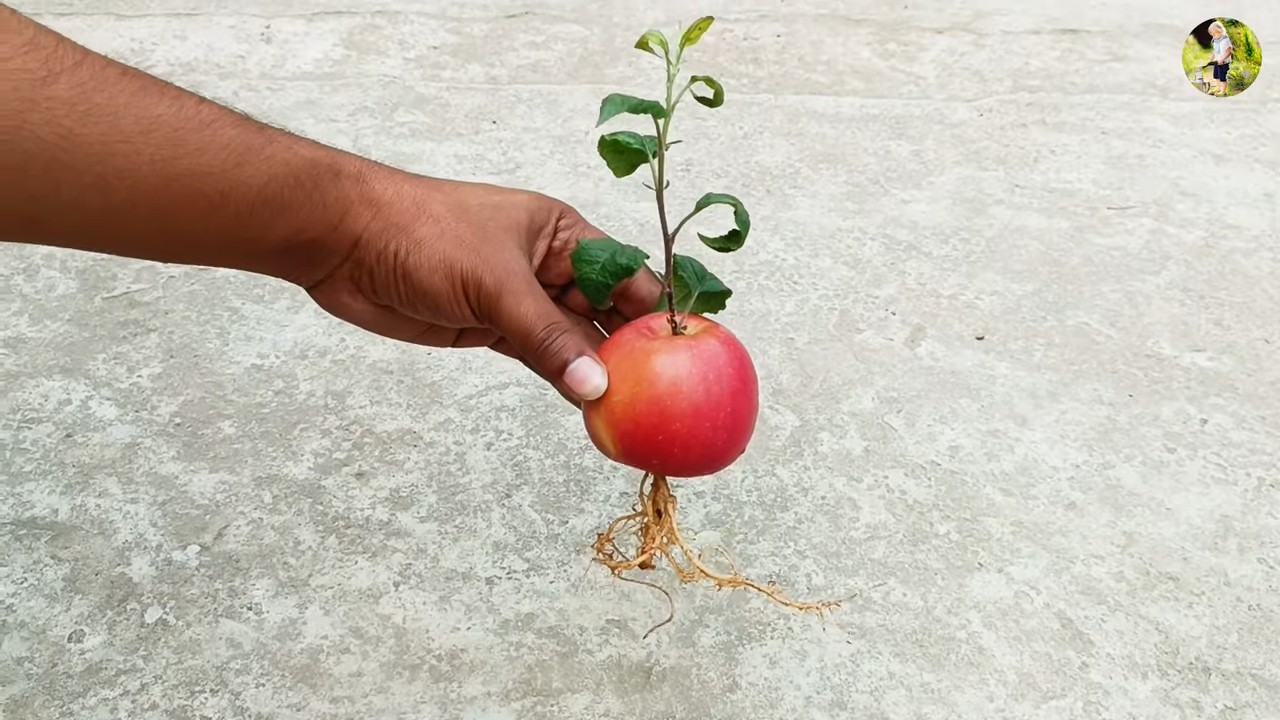
Conclusion
So, there you have it! Growing apples indoors might seem like a whimsical dream, but with a little patience, dedication, and the right approach, it’s absolutely achievable. This DIY trick isn’t just about having fresh apples at your fingertips; it’s about connecting with nature, learning about the life cycle of a plant, and experiencing the immense satisfaction of nurturing something from seedling to fruit-bearing tree, all within the comfort of your home.
Why is this a must-try? Because it’s more than just a recipe for apples; it’s a recipe for joy, for learning, and for a deeper appreciation of the natural world. Imagine the delight of plucking a perfectly ripe, homegrown apple from your indoor tree, knowing you nurtured it every step of the way. Think of the conversations it will spark, the wonder it will inspire in children, and the unique touch it will add to your home.
But don’t stop there! Experiment with different apple varieties to find your perfect indoor cultivar. Try grafting different branches onto your tree for a multi-apple experience. Consider using hydroponics for a soil-free growing method. Explore different lighting options to optimize fruit production. The possibilities are endless!
Growing apples indoors is an adventure, and we encourage you to embark on it. Don’t be afraid to make mistakes, to learn from them, and to adapt your approach as needed. The journey is just as rewarding as the destination.
We’re eager to hear about your experiences! Share your successes, your challenges, and your tips in the comments below. Let’s build a community of indoor apple growers and learn from each other. Together, we can transform our homes into miniature orchards and enjoy the fruits (literally!) of our labor. So, grab your seeds, your pots, and your enthusiasm, and let’s get growing!
Frequently Asked Questions (FAQ)
1. What apple varieties are best suited for indoor growing?
Choosing the right apple variety is crucial for success when growing apples indoors. Dwarf or semi-dwarf varieties are generally recommended because they are more compact and manageable in a container. Some popular choices include:
* Gala: A sweet and crisp apple that is relatively easy to grow.
* Fuji: Another sweet and crisp option that is known for its good storage life.
* Honeycrisp: A very popular variety with a sweet-tart flavor and crisp texture. However, it can be more challenging to grow indoors.
* Golden Delicious: A versatile apple that is good for eating, cooking, and baking.
* Red Delicious: While widely available, it’s not always the best choice for flavor, but it can be grown indoors.
When selecting your variety, consider factors such as taste preference, disease resistance, and availability of dwarf or semi-dwarf versions. Also, remember that many apple trees require cross-pollination, so you may need to plant two different varieties to ensure fruit production.
2. How much sunlight do indoor apple trees need?
Sunlight is essential for apple tree growth and fruit production. Indoor apple trees need at least 6-8 hours of direct sunlight per day. If you don’t have a south-facing window that provides enough sunlight, you’ll need to supplement with artificial lighting.
Full-spectrum LED grow lights are an excellent option. Position the lights about 12-18 inches above the tree and keep them on for 12-16 hours per day. Monitor your tree’s growth and adjust the lighting as needed. Signs of insufficient light include leggy growth, pale leaves, and lack of fruit production.
3. What type of soil and pot should I use?
Use a well-draining potting mix that is specifically formulated for fruit trees. Avoid using garden soil, as it can be too heavy and may not drain properly. A good potting mix should contain a blend of peat moss, perlite, and vermiculite.
Choose a pot that is at least 15-20 gallons in size. The pot should have drainage holes to prevent waterlogging. As your tree grows, you may need to repot it into a larger container.
4. How often should I water my indoor apple tree?
Water your apple tree regularly, but avoid overwatering. The soil should be kept consistently moist, but not soggy. Water when the top inch of soil feels dry to the touch.
During the growing season (spring and summer), you may need to water more frequently. In the fall and winter, when the tree is dormant, you can reduce watering.
5. How do I pollinate my indoor apple tree?
Since there are no bees or other pollinators indoors, you’ll need to hand-pollinate your apple tree. Use a small paintbrush to transfer pollen from one flower to another. Gently brush the pollen from the stamen (the male part of the flower) onto the pistil (the female part of the flower).
Repeat this process for all of the flowers on your tree. You can also use a cotton swab or a small feather to transfer the pollen. Hand-pollination is best done in the morning, when the pollen is fresh and viable.
6. How do I fertilize my indoor apple tree?
Fertilize your apple tree regularly during the growing season (spring and summer). Use a balanced fertilizer that is specifically formulated for fruit trees. Follow the instructions on the fertilizer label for application rates.
Avoid fertilizing in the fall and winter, when the tree is dormant. Over-fertilizing can damage your tree, so it’s best to err on the side of caution.
7. How do I prune my indoor apple tree?
Pruning is essential for maintaining the shape and health of your apple tree. Prune your tree in late winter or early spring, before new growth begins.
Remove any dead, damaged, or diseased branches. Also, prune to improve air circulation and light penetration. Aim to create an open, vase-shaped structure.
8. What are some common pests and diseases that affect indoor apple trees?
Indoor apple trees can be susceptible to pests such as aphids, spider mites, and scale. Regularly inspect your tree for signs of infestation. If you find pests, treat them with insecticidal soap or neem oil.
Common diseases that can affect indoor apple trees include powdery mildew and apple scab. Prevent these diseases by providing good air circulation and avoiding overwatering. If your tree develops a disease, treat it with a fungicide.
9. How long does it take for an indoor apple tree to produce fruit?
It can take several years for an indoor apple tree to produce fruit. Grafted trees typically produce fruit sooner than trees grown from seed. Be patient and continue to provide your tree with the care it needs.
10. Can I move my indoor apple tree outdoors during the summer?
Yes, you can move your indoor apple tree outdoors during the summer, but be sure to acclimate it gradually to the outdoor conditions. Start by placing it in a shady spot for a few hours each day, and then gradually increase the amount of sunlight it receives.
Bring your tree back indoors before the first frost. This can help with pollination and overall tree health.

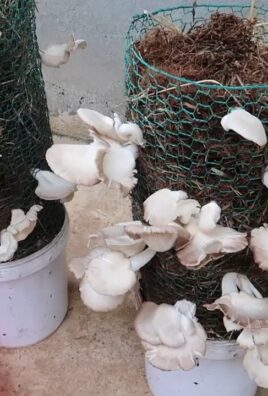
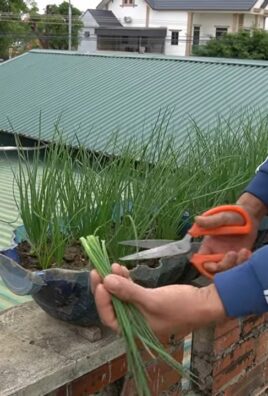
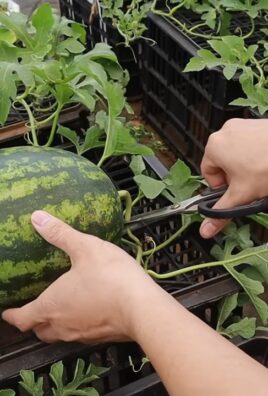
Leave a Comment